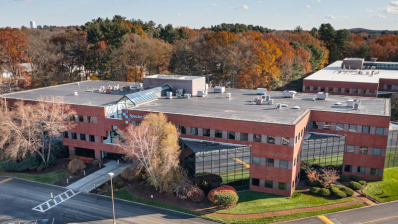Office
Office refers to a category of commercial real estate comprising properties designed to accommodate businesses and professional services. These spaces range from small, single-tenant buildings to large multi-tenant office towers and are classified into categories such as Class A, Class B, and Class C, based on factors like location, building quality, and amenities. Office properties are often further categorized by use, including traditional office space, co-working spaces, medical offices, and flex spaces. (removed "Investors consider office real estate for its potential to generate stable rental income, though performance is influenced by economic trends, employment rates, and the evolving needs of businesses, including remote and hybrid work models.")
Also known as: Office Real Estate

